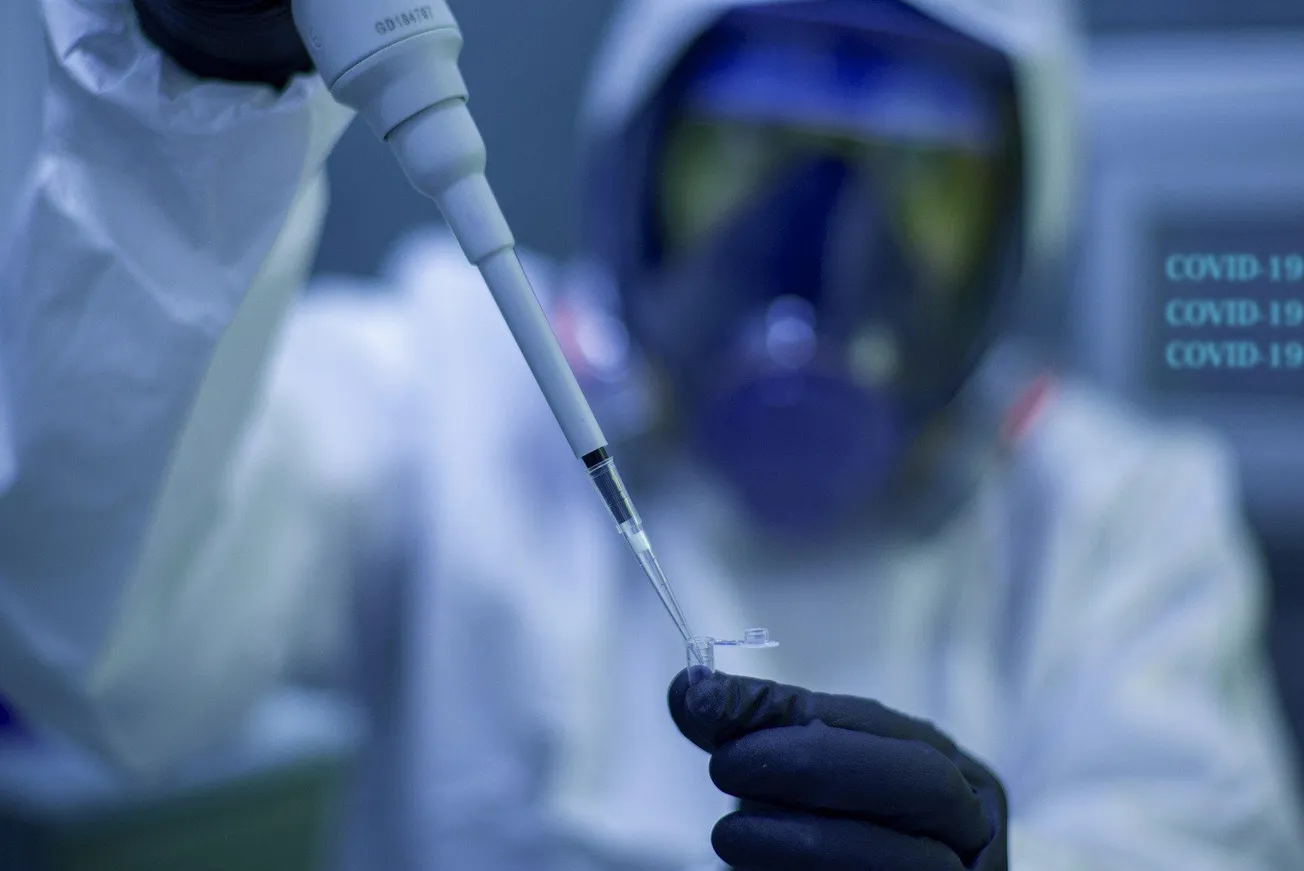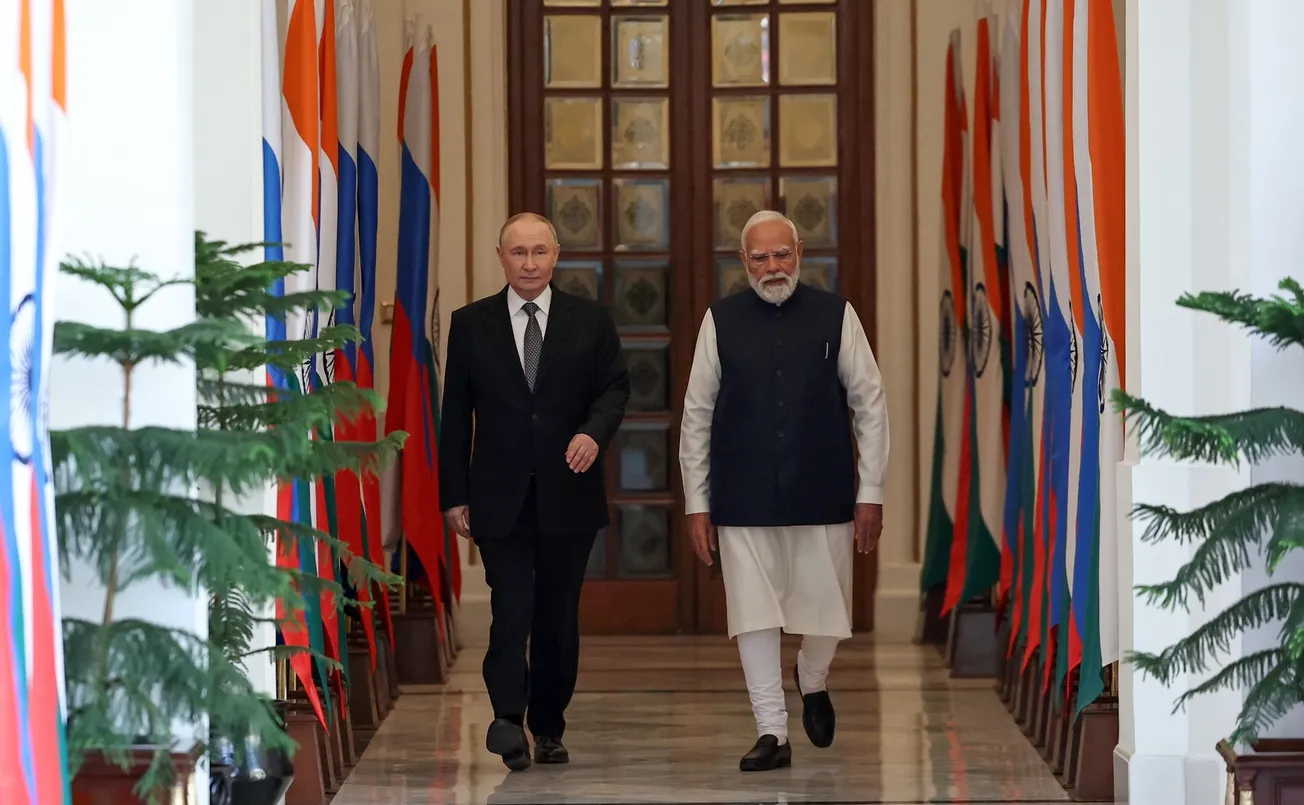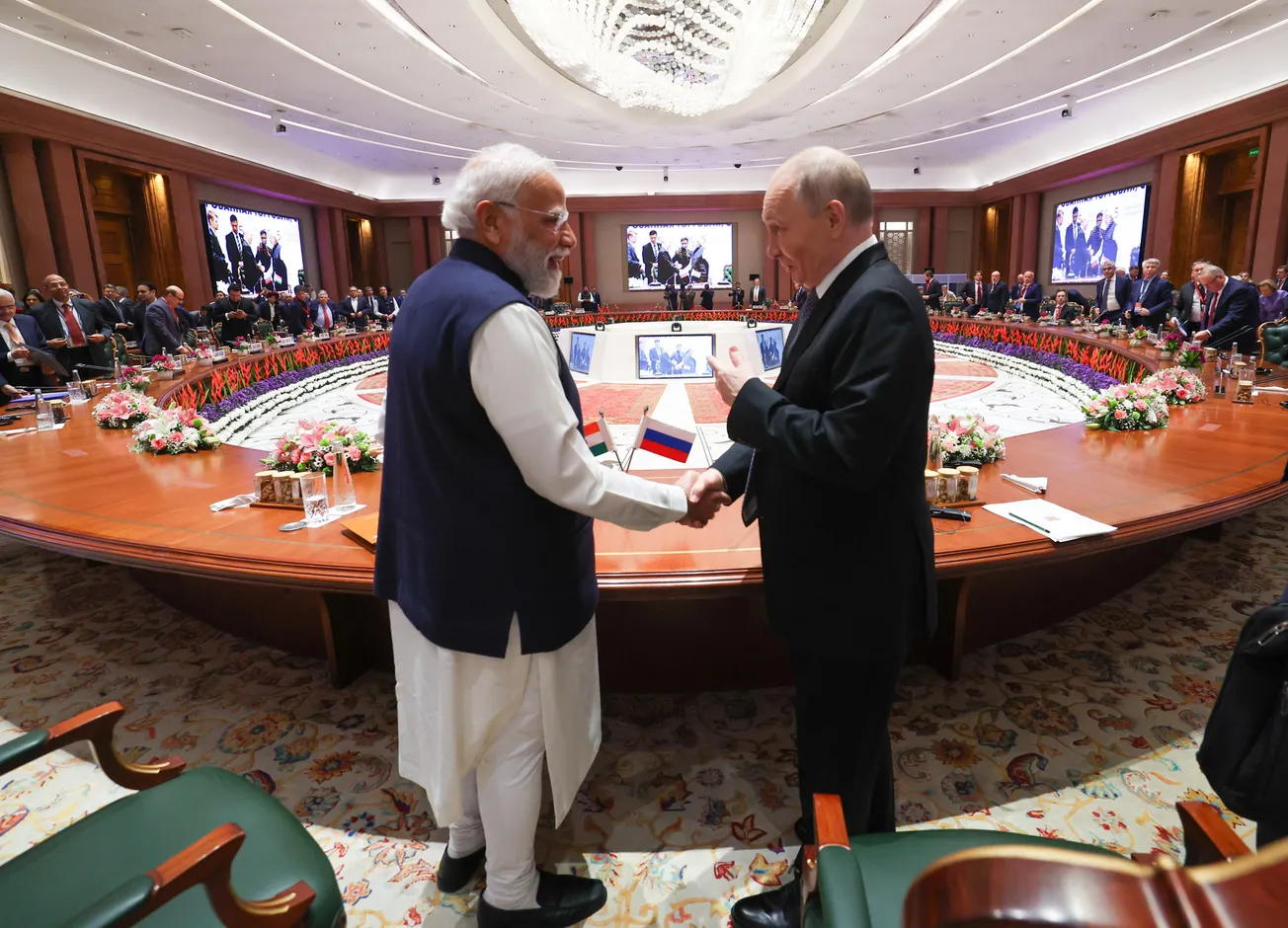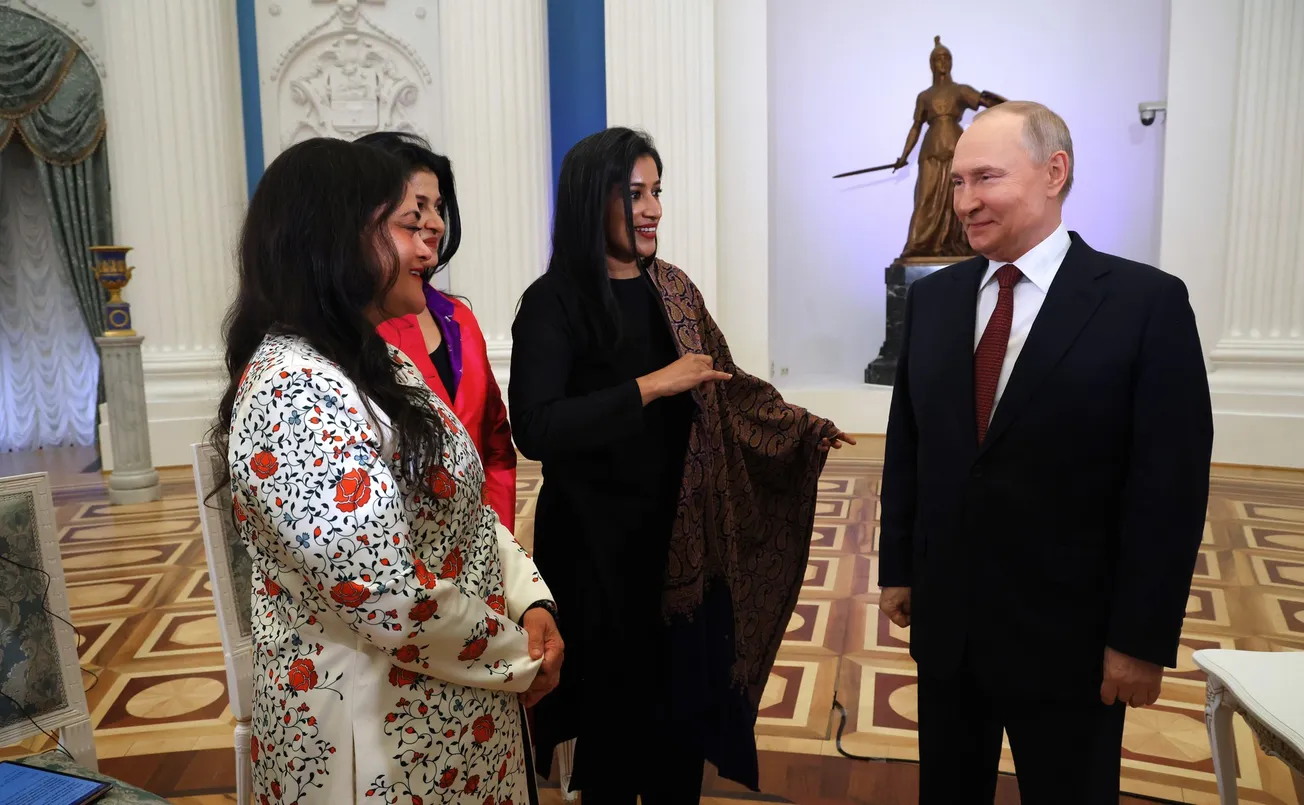A great increase in vaccine-making production capacity is needed globally, if billions of people in Ibero-America, Africa, and Asia are to have access to COVID-19 vaccines in a timely fashion to save tens of millions of lives – and if those populations are not to be made into a petri dish for breeding new mutations and new viruses to reinfect nations who survived the first round.
The following is a preliminary look at existing production capacity for COVID-19 vaccines, and what emergency measures and new construction would be needed to ensure success.
In a Dec. 8 interview with Bloomberg television, Rasmus Bech Hansen, founder and CEO of Airfinity, a life-sciences analytics firm that is currently focusing on SAR-CoV-2 virus, said that 6 billion of the world’s present 7.8 billion people would need to be vaccinated in order for COVID-19 to be defeated. This involves mass vaccination for about 75% of the world’s population.
But that is not occurring; the developing sector is, for the most part, being left out of plans for immediate or near-term vaccination. This means death for them, and continuing danger of contagion for the entire human race. A Nov. 30 article in Nature magazine, entitled, “How COVID Vaccines Are Being Divvied Up Around the World,” reports that vaccine-makers specializing in COVID vaccines, “can make sufficient doses for more than one-third of the world’s population by the end of 2021. But many people in low-income countries might have to wait until 2023 or 2024 for vaccination, according to estimates from the Duke Global Health Innovation Center in Durham, North Carolina.”
Nature further reports that “27 members of the European Union, together with five rich countries, have pre-ordered about half [of vaccine doses]. The countries account for only around 13% of the global population.”
To gain a sense of overall production capacity, the estimated capacity for 2021 for the major vaccine-makers, in billions of doses, is: AstraZeneca, 3 billion; Pfizer/BioNTech, 1.3 billion; Moderna, 1 billion; Russia’s Gamaleya National Center of Epidemiology (which makes Russia’s Sputnik V), 800 million.
Other vaccine-makers, including Johnson & Johnson/Janssen, Novanax, and others, may have the combined capacity to produce another 1.5 billion doses, bringing the total doses to 7.6 billion. But these figures may be overstated. For example, Russia does not have sufficient vaccine-making capacity inside Russia to make the vaccines it has committed to for foreign countries. Many pharma companies make projections of what they would like to produce, but do not reach them, and so forth.
China is potentially a positive wildcard in vaccine-making.
An article in the Dec. 3 China Briefing, titled “China’s COVID-19 Vaccine Development and Availability,” names four of China’s vaccine-producers: the Tianjin-based CanSino; the Wuhan-based China National Biotech Group (CNBG), the Beijing-based Sinovac, and ZLongkema, based in Anhui province. These pharma companies have arrangements to carry out testing and distribution of vaccines in 14 developing sector countries, primarily in Ibero-America and Southwest Asia. Recently, China’s Sinovac licensed Brazil’s respected Butantan Institute to get raw materials to manufacture millions of doses of its COVID vaccine inside Brazil. China has the scientific knowledge, manpower, strong Hamiltonian finances, and production engineering skills capabilities to teach other countries to set up vaccine production factories within their borders, to the effect, perhaps, of expanding vaccine production by 1 to 2 billion doses.
The United States has strong capabilities. Were the U.S. to apply the Defense Production Act of 1950 to expand vaccine-manufacturing facilities, it could greatly add to this process, under HHS’s Operation Warp Speed.
The international organization COVAX was formed decades ago, as a joint fund for equitable distribution of vaccines, joining with an organization named Gavi, a funder of vaccines for low-income countries based in Geneva, Switzerland. On Dec. 18, COVAX announced that through contributions, it has pledged that at least 1.3 billion donor-funded vaccine doses will be made available to 92 low- and middle-income economies that are eligible. This valuable immunization initiative would fund only approximately enough vaccine to vaccinate a targeted 20% of the population.
These nations cannot wait until 2023-24 to get sufficient COVID-19 vaccine. The production facilities must be constructed so that the vaccine is available to a considerable share of those nations’ population by the first quarter of 2021. This will require not only vaccines per se, but also the refrigeration chains and other basic infrastructure required to deliver the doses to the targeted population. The method to address this was outlined in the LaRouche plan ”Reopen the U.S. Economy: The World Needs 1.5 Billion New, Productive Jobs” (https://larouchepub.com/special_report/2020/larouche-plan-for-1500000000-jobs.pdf).





